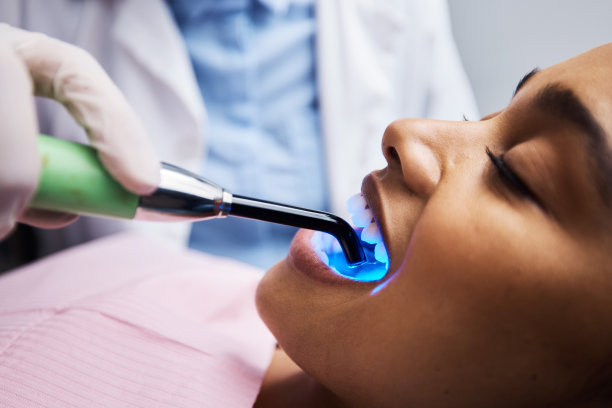The Complete Guide to Understanding the Process and Aftercare of Extracting a Tooth Safely and Effectively
Summary: Tooth extraction is a commonplace procedure in dental care, often necessary due to decay, overcrowding, or disease. Understanding the process of extracting a tooth safely and effectively is crucial for patients to manage their expectations and prepare for aftercare. This guide outlines the stages of extraction, including pre-operative assessments, the surgical procedure, post-operative care, and recognizing potential complications. By the end of this article, readers will be equipped with key knowledge for a smoother dental experience, enhancing recovery and maintaining oral health.
1. Pre-Operative Assessment and Preparation

Before undergoing a tooth extraction, a thorough assessment is vital. During the initial consultation, the dentist evaluates the patients dental and medical history, identifying potential risks and complications. This step ensures that the patient is well-informed and that the procedure plan is tailored to their specific needs.
X-rays often play a crucial role in the pre-operative phase. These images provide the dentist with a clear view of the tooths position and surrounding structures, allowing for precise planning. Understanding the factors surrounding the tooths location can aid in minimizing any associated risks during the extraction.
Moreover, discussing sedation options is essential during this phase. Dentists typically offer local anesthesia, conscious sedation, or general anesthesia, depending on the complexity of the extraction and the patient’s comfort level. Ensuring that patients are comfortable with their chosen option helps reduce anxiety and improve overall outcomes.
2. The Tooth Extraction Procedure Explained
The actual tooth extraction procedure begins with the administration of anesthesia. Once the area is numbed, the dentist gently loosens the tooth from its socket using specialized instruments. Different techniques may be used, depending on whether the tooth is fully erupted or impacted, with each method aimed at minimizing trauma to surrounding tissues.
In cases where the tooth is impacted, oral surgeons may need to make incisions in the gum tissue to facilitate removal. Understanding this part of the procedure alleviates fears and prepares patients for what to expect. The extraction process can vary in duration, but typically, it should not take long if performed by an experienced dentist.
Once the tooth is removed, the dentist may use sutures if necessary, particularly in surgical extractions. Continuous patient monitoring during and immediately after the procedure helps in identifying any immediate complications. Clear communication from the dentist about what the patient can expect post-surgery is crucial for effective recovery.
3. Post-Operative Care for a Smooth Recovery
After the extraction, proper post-operative care is crucial for healing. Patients are advised to rest and can expect some swelling, pain, or bleeding. Ice packs can be applied to the outside of the cheek to reduce swelling, while prescribed pain medication can help manage discomfort effectively.
Dietary recommendations play a significant role in recovery as well. Soft foods are encouraged in the initial days, while avoiding hot, spicy, or chewy items is crucial to prevent irritation. Maintaining hydration is also essential; however, patients should avoid using straws, as the suction can dislodge the blood clot forming at the extraction site.
Regular follow-up appointments may be necessary to monitor healing and address any concerns. Patients should be vigilant about signs of complications, such as excessive bleeding or infection. Educating patients about what to watch for can enhance their recovery experience and ensure they know when to seek further assistance.
4. Recognizing and Managing Complications After Extraction
Despite careful planning and execution, complications can arise following a tooth extraction. One common issue is dry socket, which occurs when the blood clot is dislodged from the socket, exposing bone and nerves. This condition can cause severe discomfort and may require additional treatment by the dentist.
Infections are another potential complication. Patients should be informed about signs such as increased pain, swelling, and fever. Prompt treatment is critical as untreated infections can lead to more severe health issues. Effective communication between the patient and the dentist is vital to manage such situations properly.
Ultimately, staying informed and proactive helps minimize the risks of complications. Following the dentist’s advice meticulously—from pre-operative measures to post-operative care—plays a significant role in improving overall outcomes and ensuring successful recovery.
Summary:
This article has outlined the essential aspects of tooth extraction, covering everything from pre-operative assessments to complications. With the right knowledge and guidance, patients can navigate the extraction process and aftercare more effectively. By prioritizing communication with their dental providers, individuals can ensure a more comfortable and safe experience during this common procedure.
This article is compiled by Vickong Dental and the content is for reference only.



